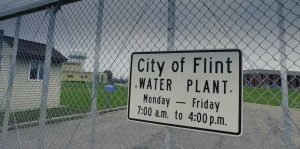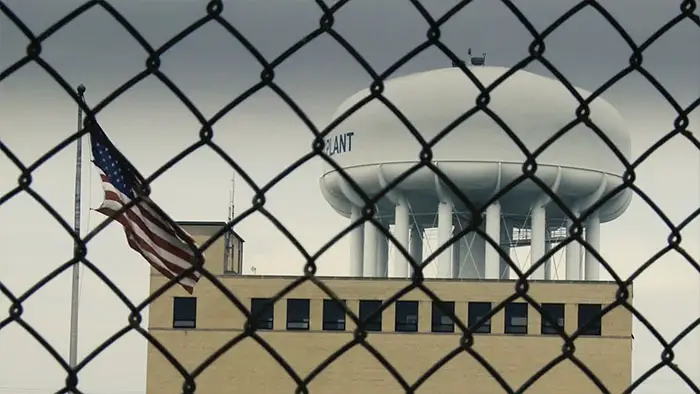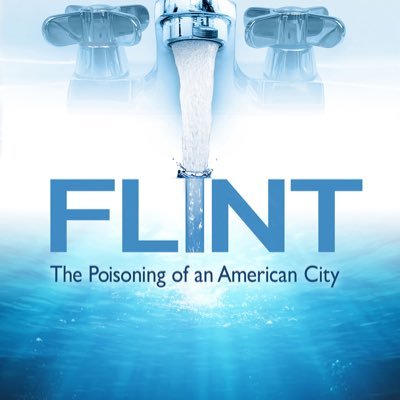
Residents of the city speak of their journey, and the legal and legislative battles they’ve fought. We meet clergy and other people talking about their fears for their lives and their children. The simple solution would be to leave, but many cannot afford to relocate. A quick search of the internet turns up whole-home filtration systems that are relatively straightforward to install, filter virtually all lead from the incoming water feed, and are not expensive, but are still beyond the means of the most vulnerable citizens of Flint.
The most telling fact shared is that the city of Lansing, about 60 miles away, had similar issues, but replaced the city pipes and waterworks to solve the problem. Lansing is mostly white and middle-class. Flint is primarily African-American and economically challenged. The inescapable conclusion of the documentary is that the problems with Flint water are not unique, nor are they particularly technically difficult to solve, but rather the result of aggressive neglect caused by institutional racism. There’s a class problem here too. The poor in our country are becoming invisible.
This is America in 2020. Barnhart shows us the ugliest face of this nation where the poor and minorities are considered unworthy of consideration. In our time, money talks, and the most vulnerable are left to die from lack of services, most of us take for granted. Water, it appears, will become the benchmark of civilization in the decades ahead. Changing the situation will be an uphill battle. As of October 2019, the Trump administration had begun rolling back portions of the 1972 Clean Water Act, so it seems unlikely the EPA will be looking out.

“Barnhart shows us the ugliest face of this nation where the poor and minorities are considered unworthy of consideration…”
Now is the time for turning over these rocks and bringing light to situations like Flint. In Parkersburg, WV, a small town on the Ohio river, something similar took place with the DuPont company. That story is told in the film Dark Waters, as well as in a documentary that preceded it.
These stories of egregious disregard for public safety prompt us to wonder where else this is happening. What towns have environmental issues we do not yet know about? Where will the water turn up poisoned next? How prevalent is the issue of poor water quality in the United States? Filmmakers looking to do relevant work can be our advance scouts for awareness. With investigative journalism on the decline, the role of the independent documentarian has never been more vital. It’s worth mentioning that the U.S. is considered one of the best nations for clean water and control of industrial pollutants. There are places where residents don’t expect clean water, and where a story like this one would not be newsworthy. That’s bad news for the global human quality of life.
Though it is extremely well done, you will not enjoy this film, but you may be motivated by it. 2020 is an election year. Barnhart has given us an essential document of the damage to one small city in Michigan, but more than that, he’s ringing an alarm about who we are, and what we allow in this country, and in this delicately balanced ecosystem we all share.

"…you will not enjoy this film, but you may be motivated by it"
